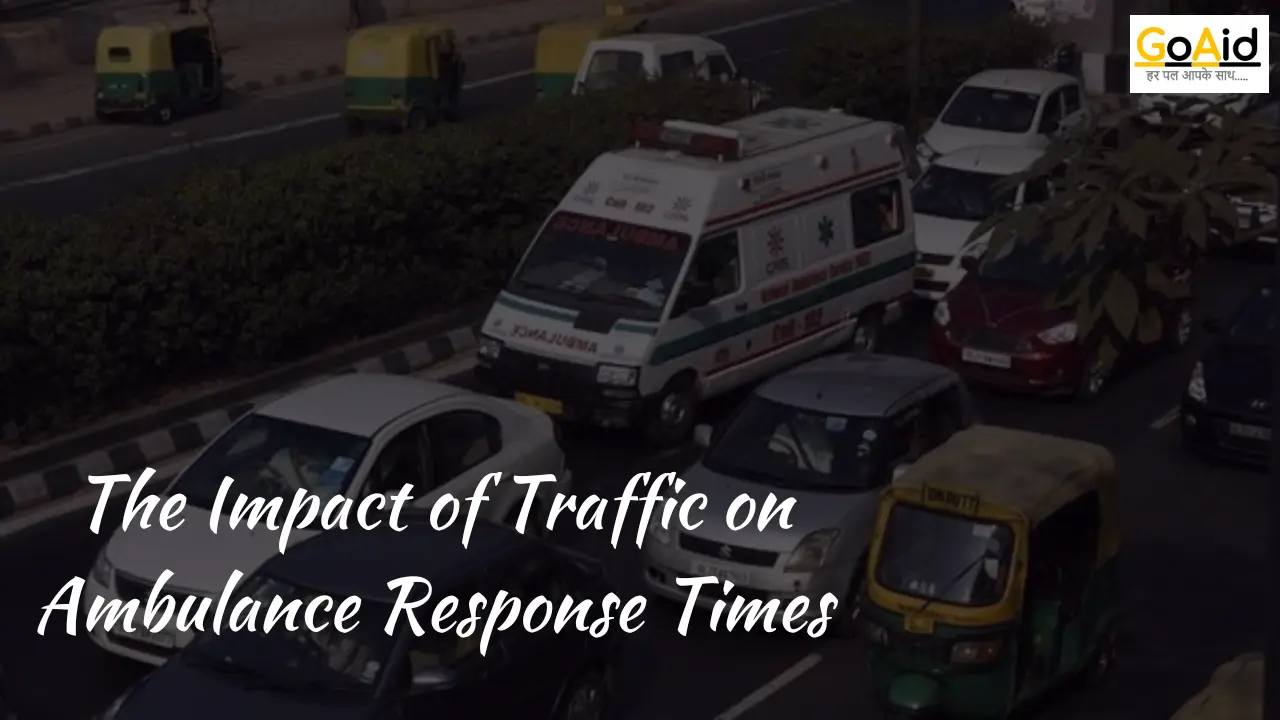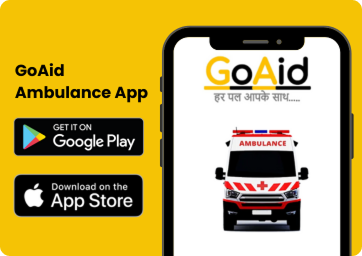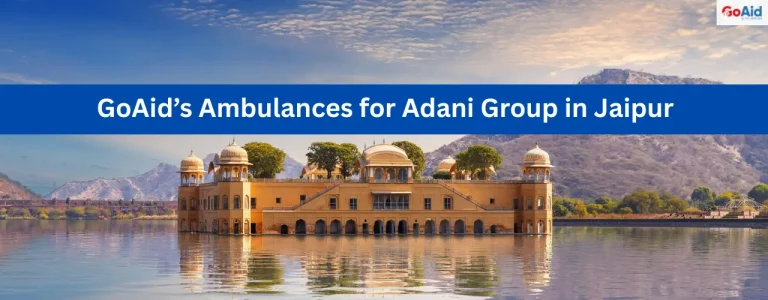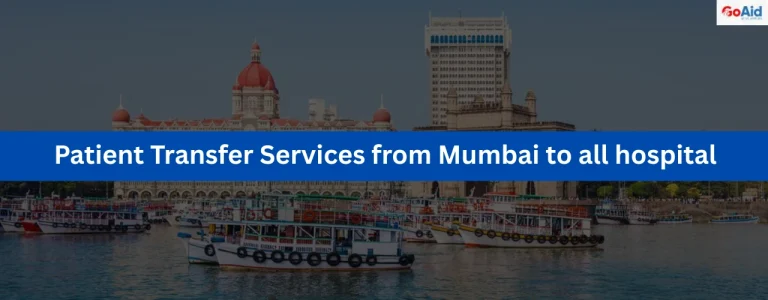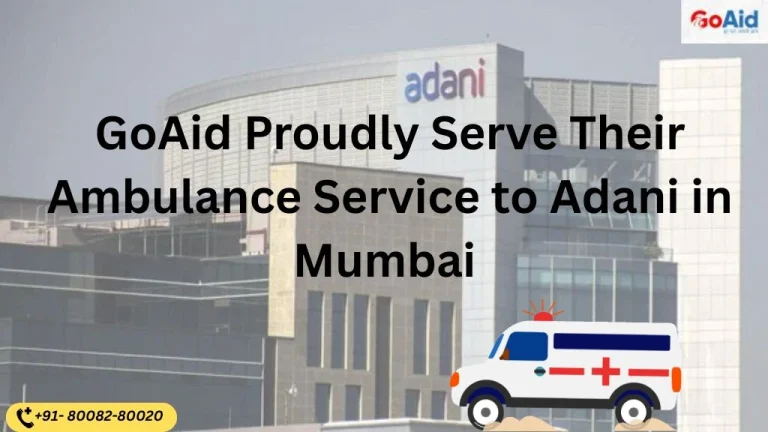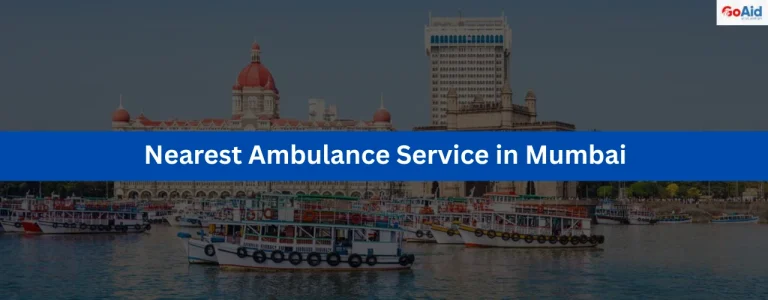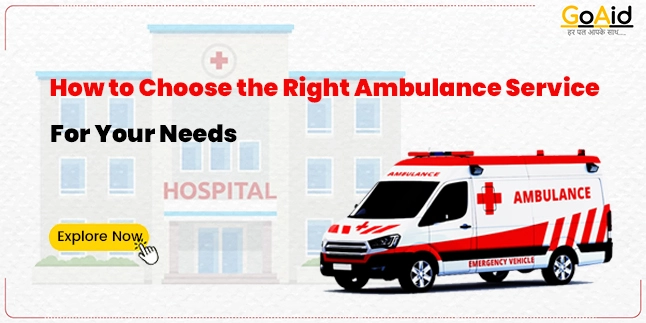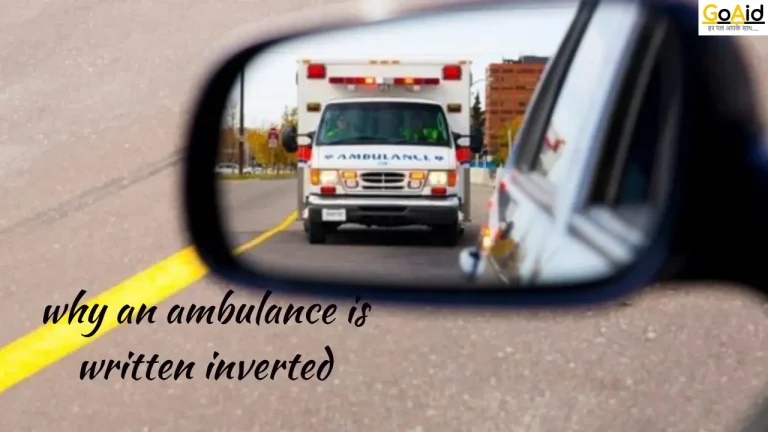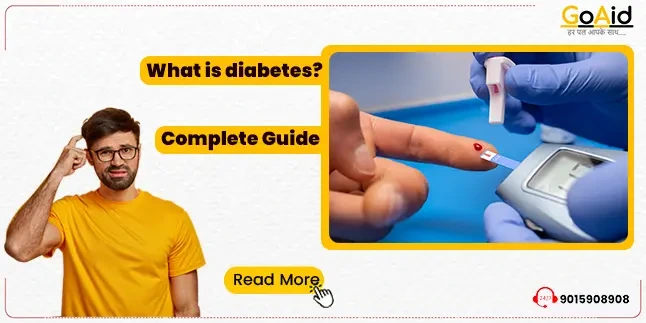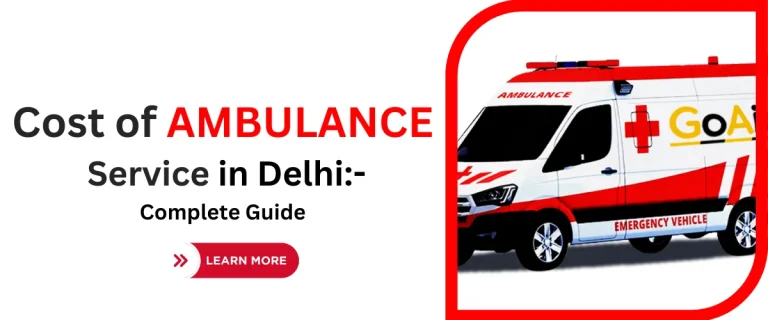In India, as well as the entire world, the response time of an ambulance service is something that can create a difference in life and death for a patient. This is why, we must know that many factors can impact the response time of an ambulance negatively. And, one of the key reasons from the list is the traffic. Traffic can impact the response time of an ambulance service in the most harsh way possible.
Now you might be thinking about how the Traffic on the road can impact the Ambulance Response Time. So, in this blog, we have provided you with all the details about the Impact of Traffic on Ambulance Response Times. If you are also looking for it, read this blog until the end.
Also Read: How Much Ambulance Cost in India
So, letŌĆÖs start:
What is the Response Time of Ambulance Service?
The response time of an ambulance service is the duration it takes for an ambulance to arrive at the scene after receiving an emergency call. This critical metric typically ranges from a few minutes to over ten minutes, depending on factors such as location, traffic conditions, and the efficiency of the dispatch system. Faster response times are crucial for improving patient outcomes in emergency medical situations.
Key Factors that Affect Response Time of Ambulance
These are the top 10 key factors that affect the response time of an ambulance service:
- Traffic Congestion: Heavy traffic significantly impacts ambulance response time by causing delays in reaching the emergency scene.
- Distance to the Incident: The further the location, the longer the response time, especially in rural areas.
- Availability of Ambulances: Limited availability can delay dispatch, increasing response time.
- Road Conditions: Poor road conditions or roadwork can slow down ambulances, affecting response time.
- Dispatch Efficiency: Delays in processing emergency calls can increase the response time.
- Weather Conditions: Adverse weather like rain or snow can hinder the speed of ambulance service.
- Driver Skill and Experience: Experienced drivers can navigate efficiently, reducing response time.
- Geographical Challenges: Areas with difficult terrain can extend the response time for ambulance service.
- Emergency Call Volume: High call volumes can strain resources, increasing response times.
- Traffic Signal Preemption: Lack of technology to control traffic signals for ambulances can impact their response time.
Read More: Cost of Ambulance Service in Delhi: Complete Guide
The Impact of Traffic on Ambulance Response Times
We have explained below through points how the traffic can impact the Ambulance ServiceŌĆÖs response time.:
- Increased Travel Time: Traffic congestion directly increases the time it takes for an ambulance to reach the emergency site, delaying critical medical care.
- Route Diversions: Heavy traffic can force ambulances to take longer, less direct routes, further extending response times and potentially impacting patient outcomes.
- Inconsistent Response Times: Traffic patterns can be unpredictable, leading to variability in ambulance response times, which can complicate resource planning and emergency response strategies.
- Higher Stress for Drivers: Navigating through congested roads can increase stress and fatigue for ambulance drivers, potentially affecting their performance and decision-making.
- Delayed Dispatch: In some cases, dispatchers may need additional time to find an available ambulance that is not stuck in traffic, further delaying the overall response time.
- Reduced Access to Emergency Scenes: Traffic jams can block access to certain areas, making it difficult for ambulances to reach patients, especially in densely populated urban areas.
- Increased Fuel Consumption: Idling in traffic increases fuel consumption and operating costs for ambulance services, which can strain budgets and resources.
- Compromised Patient Care: Delays caused by traffic can reduce the time available for on-scene treatment and transportation to medical facilities, potentially compromising patient care.
- Impacted Follow-Up Services: Prolonged response times can delay the availability of ambulances for subsequent emergencies, creating a backlog and reducing the overall efficiency of the ambulance service.
- Public Safety Risks: Ambulances navigating through heavy traffic at high speeds pose risks to public safety, including potential accidents, which can further delay emergency response and endanger both patients and the general public.
Read More: Ambulance service in India
Importance of Ambulance Response Time
We can understand the importance of ambulance response time through these points:
- Patient Survival: Shorter ambulance response times increase the chances of survival in critical medical emergencies.
- Improved Outcomes: Quick response time ensures timely medical intervention, leading to better recovery outcomes.
- Reduced Complications: Faster response times can prevent the escalation of medical conditions, reducing complications.
- Efficient Resource Use: Optimized response time improves the efficiency of ambulance services, ensuring resources are used effectively.
- Public Trust: Reliable ambulance response times enhance public trust in emergency medical services.
- Impact of Traffic: Mitigating the effects of traffic on response time is crucial for timely emergency care.
- Emergency Preparedness: Quick response time reflects a well-prepared and responsive emergency medical system.
- Reduced Hospitalization Time: Timely medical intervention can reduce the need for prolonged hospitalization.
- Cost-Effectiveness: Efficient response time minimizes costs associated with delayed medical care and extended hospital stays.
- Compliance with Standards: Meeting regulated response time standards ensures the ambulance service maintains high-quality care.
Ambulance Service: GoAid Ambulance Service
Conclusion – The Impact of Traffic on Ambulance Response Times
In conclusion, the impact of traffic on ambulance service response time is significant and multifaceted. Traffic congestion increases travel time, forces route diversions, and causes inconsistent response times, all of which can delay critical medical care. These delays can compromise patient outcomes, increase stress for drivers, and reduce the efficiency and availability of emergency services.
Addressing these challenges requires effective traffic management, advanced routing technologies, and dedicated emergency lanes. By mitigating the impact of traffic, ambulance services can ensure timely and reliable medical intervention, ultimately improving patient survival rates and the overall efficiency of emergency response systems.

